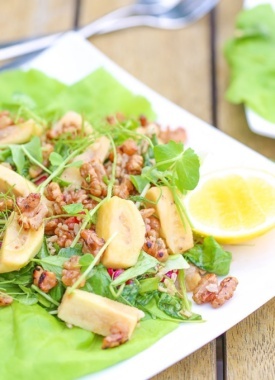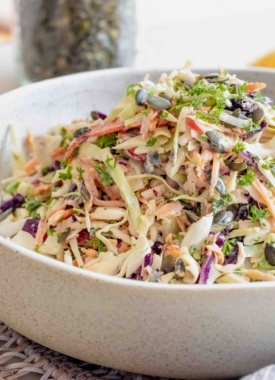
Low carb, high carb, high protein, low fat – it can be so confusing as to what diet you should follow these days. One day fats are evil, the next day carbs are the ones to avoid. What’s a well-meaning individual to do?
Contrary to what many dietary tribes suggest, our bodies are actually capable of and designed to utilise both carbohydrates and fats as fuel. In fact, we don’t want to be good at using just one of them, we want to be good at burning both. This is a concept known in nutrition science as metabolic flexibility.
So, when a company called Lumen approached me a few months ago to test out their new metabolic tracking device and develop some plant-based recipes for them, I was intrigued, but sceptical. My initial thoughts were – is this just another calorie tracker or fitness app, designed to get people even more obsessed over the nutrition minutiae while forgetting about the bigger picture? I’ve had my fair share of calorie counting in my early 20’s, and let’s just say it’s not a period I care to revisit.
So as with all things, I started researching what these guys were all about, and was refreshingly pleased to discover that the founders’ core focus was on preventative healthcare, empowering people to take their health into their own hands, before they needed the ambulance at the bottom of the cliff. My kind of approach exactly.
So I said – yes, send me one over. I’ve now been trying out my little Lumen for 4 weeks, and have found it super interesting to learn more about my unique metabolism. When I’m burning carbs, when I’m burning fat, when I should be for paring back on those late night sweet treats, and when I actually need to be adding more carbohydrate-rich foods into my diet.
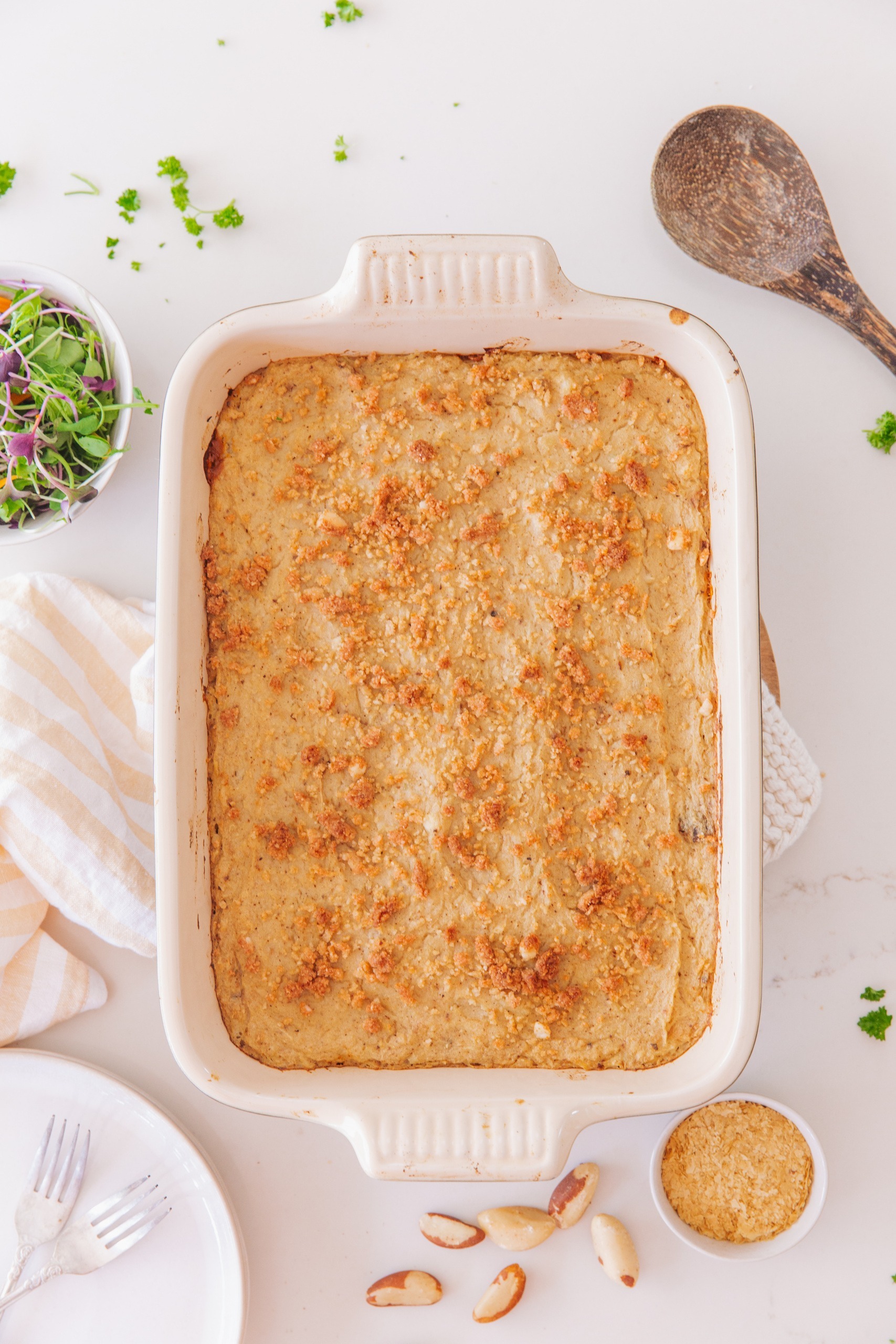

What is Metabolic Flexibility
Metabolic flexibility is the ability for your body to switch back and forth between fat and carbohydrates based on their availability. If you have a high metabolic flexibility, your body is really good at switching between these two fuel sources. If you have low metabolic flexibility, you’re stuck in one pathway – meaning a soon as you present your body with the alternate fuel source, it has no idea what to do with it. This is one of the downsides of following a strictly low carbohydrate diet – great when you’re on track as it can help you lose weight, but as soon as that bagel reappears, your body isn’t able to process it and instead stores the carbohydrates as fat.
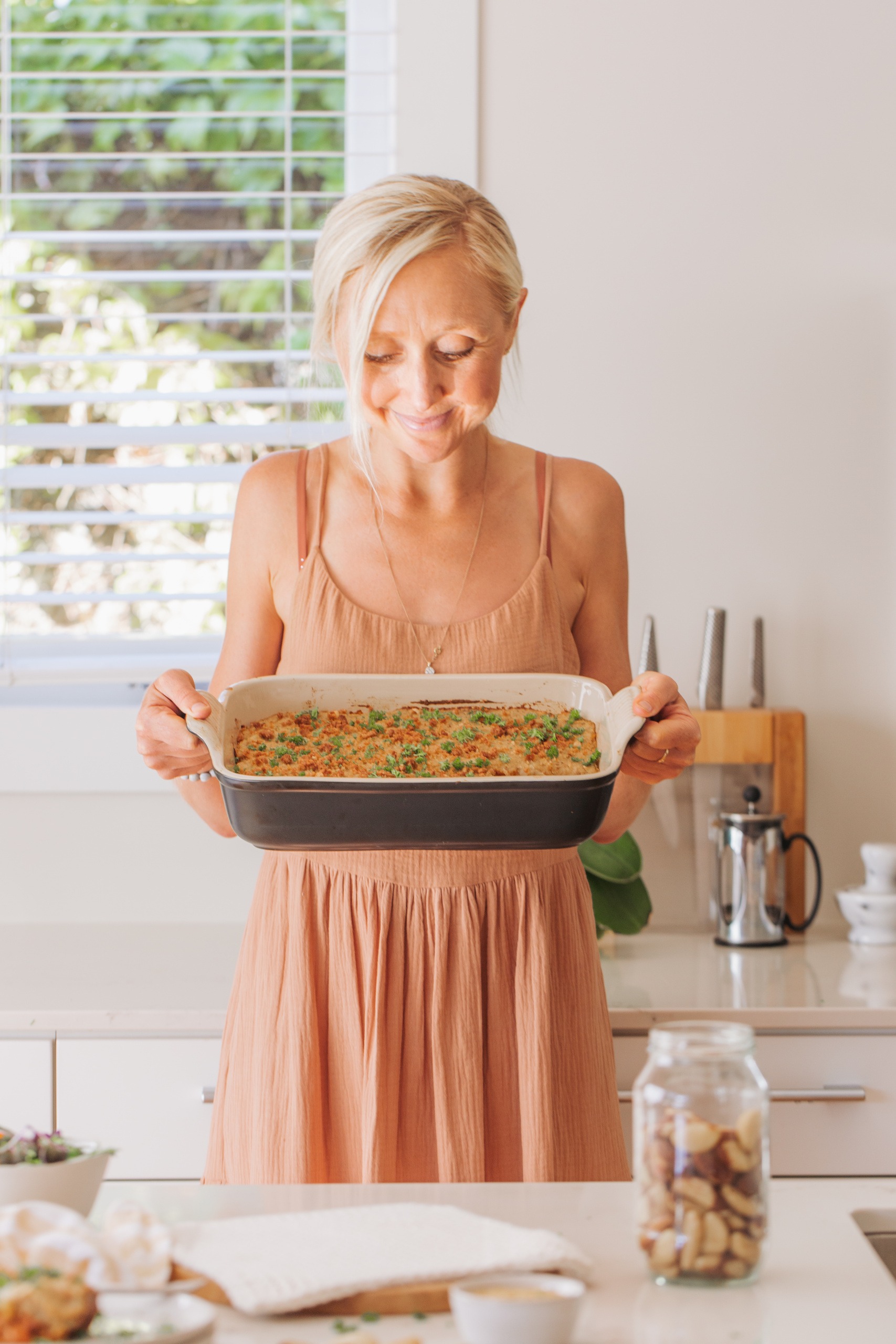
Are we meant to burn carbs or fats for energy?
Our body in fact can use both carbs and fats for fuel, although it preferences carbohydrates if they’re available. Once your carbohydrate stores are depleted, your body will then switch to burning dietary fat as fuel, and once that’s depleted, will begin to draw from bodily fat stores or adipose tissue.
When we eat a carbohydrate rich meal, the carbs or glycogen get stored in our muscles and liver, which is a nice short-term spot to draw upon when we need energy. Our brain especially loves using carbohydrates as its fuel source, which is why if you’ve restricted carbs or skipped breakfast, you might feel light headed or unable to focus.
When we eat a fat-rich meal, our body again will use that fat as fuel, or if there is already plentiful carbohydrate stores on hand, will store that fat in adipose tissue for a long-term reserve of energy.
If you’re wanting to lose weight, ie deplete your physical fat stores, you need to teach (or re-teach) your body to switch from carbohydrate burning mode to fat burning mode, so it can then move over to your physical fat stores. However avoiding carbs altogether can be counterproductive, as your body then forgets how to utilise that energy pathway. When you then eat carbs, they’ll most likely be stored as fat.
Training your body to have a high metabolic flexibility, and be able to draw energy from both fats and carbs, means when you do eat carbs, your body will be able to properly use them as energy rather than storing them as fat. This also means you’ll have consistent energy and your blood glucose
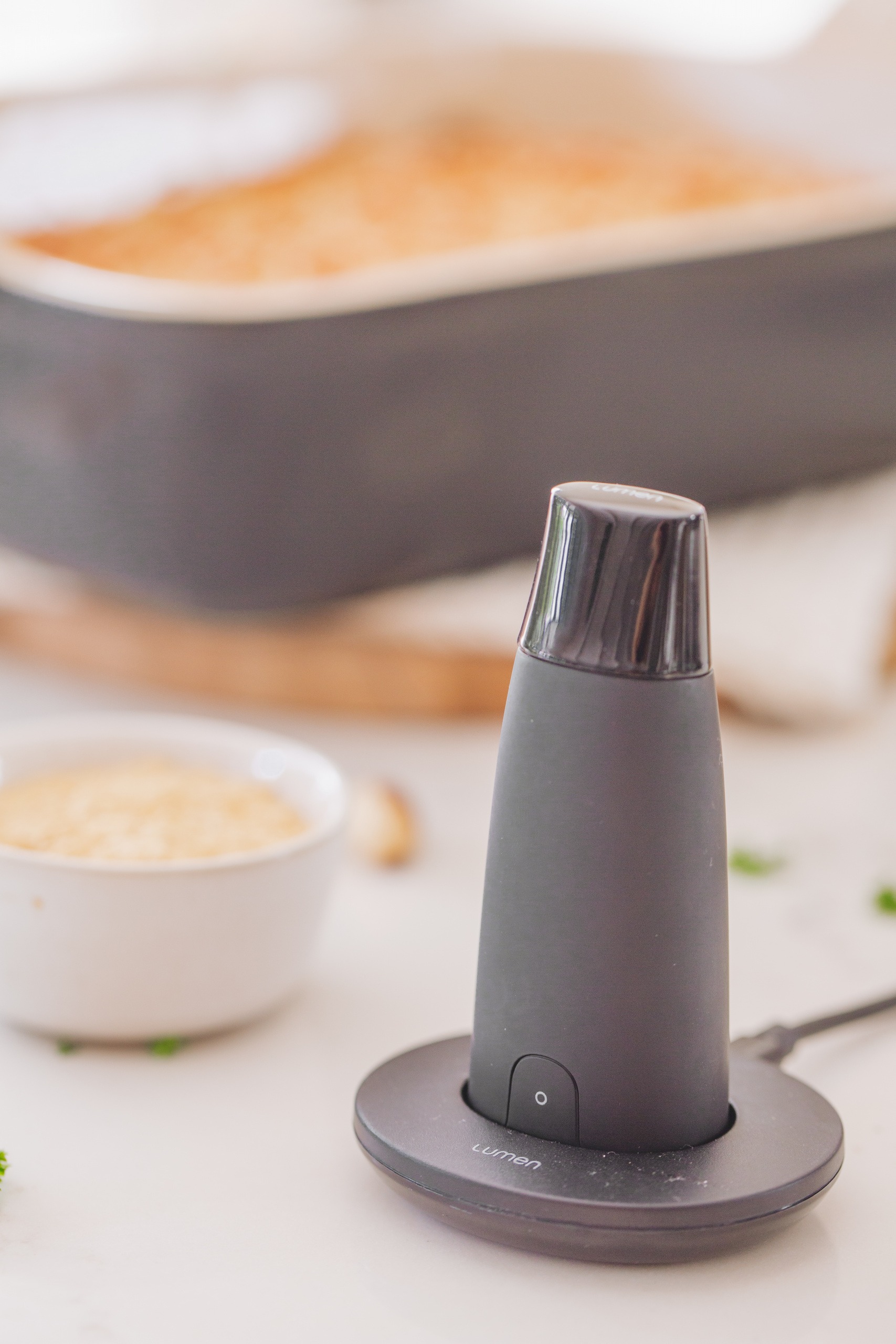

How does Lumen work?
The Lumen device measures the amount of carbon dioxide or CO2 in your breath, to determine whether your body is using carbs or fats for fuel. This is called your respiratory exchange ratio or RER, and up until now, could only be measured in a hospital type setting.
The device then speaks to an app on your phone, which gives you a measurement on a scale of 1 to 5 based on your RER. 1-2 means you’re in fat burning mode, 4-5 means you’re burning mostly carbs. The goal over time is to be able to switch between these two modes – achieving a 4 or 5 after you’ve eaten a healthy carbohydrate rich meal, then switching back to a 1 or 2 after an overnight fast.
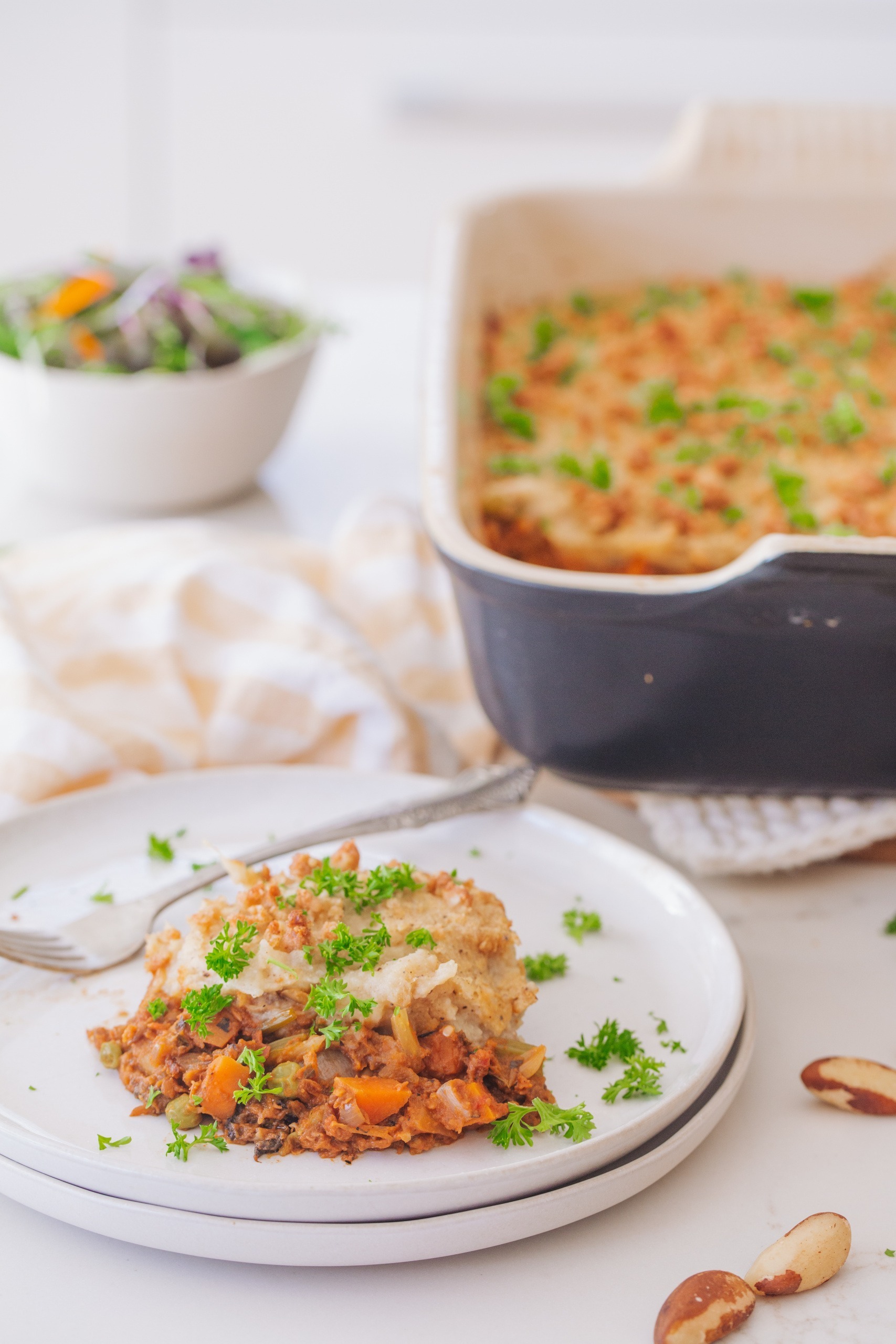
How can you improve metabolic flexibility?
By switching up the amount of the carbohydrates you feed your body. The Lumen does this by recommending you have a lower carbohydrate day if your body already has plentiful carb stores, or a higher carbohydrate day if it’s in full fat burning mode and can do with some extra energy. These lower carb days deplete your body’s carb stores, while the higher carb days encourage healthy insulin sensitivity (the ability of insulin to take carbohydrate and direct it into the muscles), ensuring your body is able to use carbs as energy.
You can also boost your metabolic flexibility through exercise, overnight fasting (I recommend 12 hours every night), and sleeping at regular times.
The Lumen takes into account all of these factors, and gives you a daily nutrition plan which suggests how much carbohydrate you should consume that day. If you’re body’s already burning lots of carbs, it’ll suggest a lower carb intake; if you’re burning fat, it’ll recommend increasing your carbohydrate intake to stimulate your metabolism. The dietary recommendations can be tailored to a plant-based diet too – hooray from me!
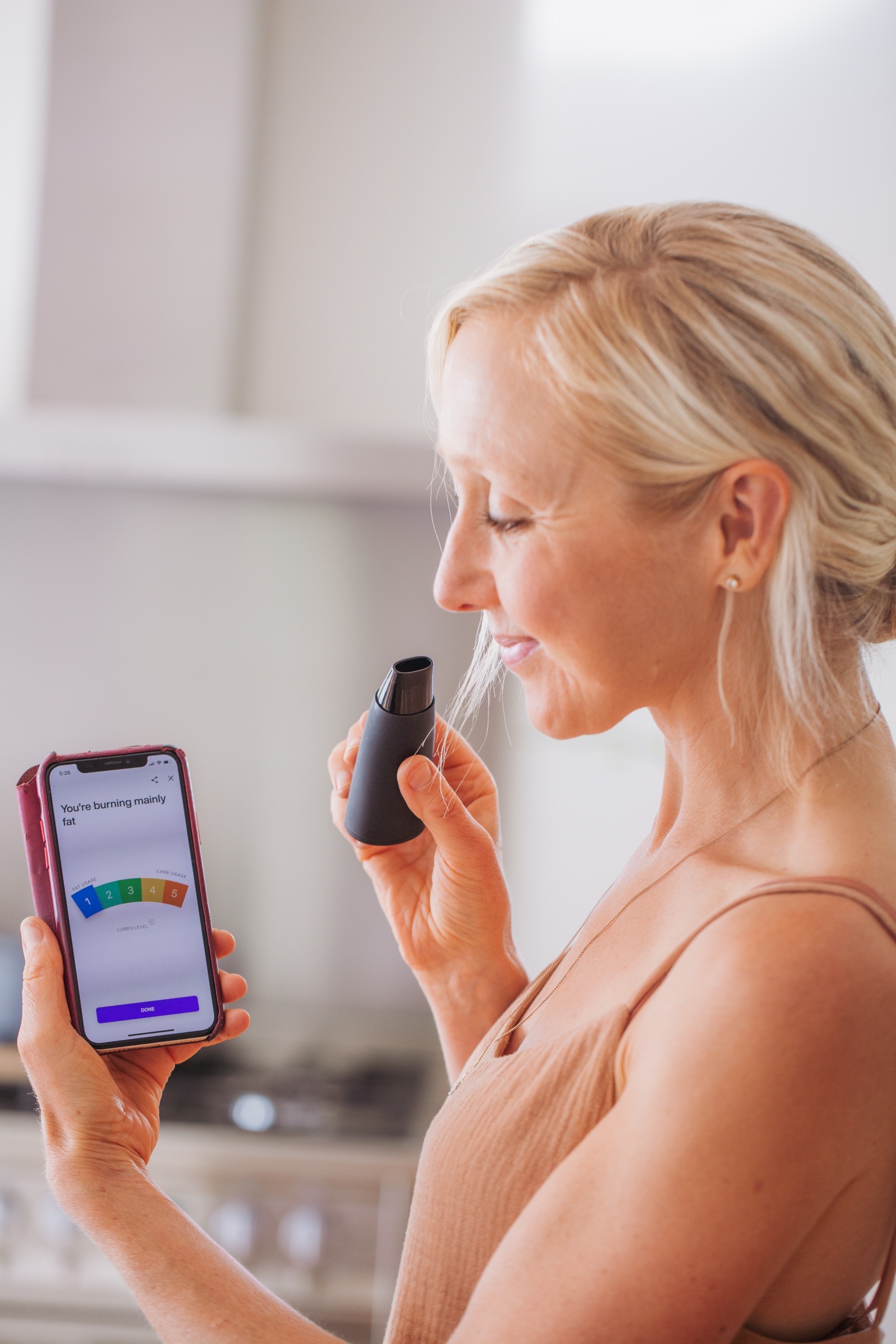
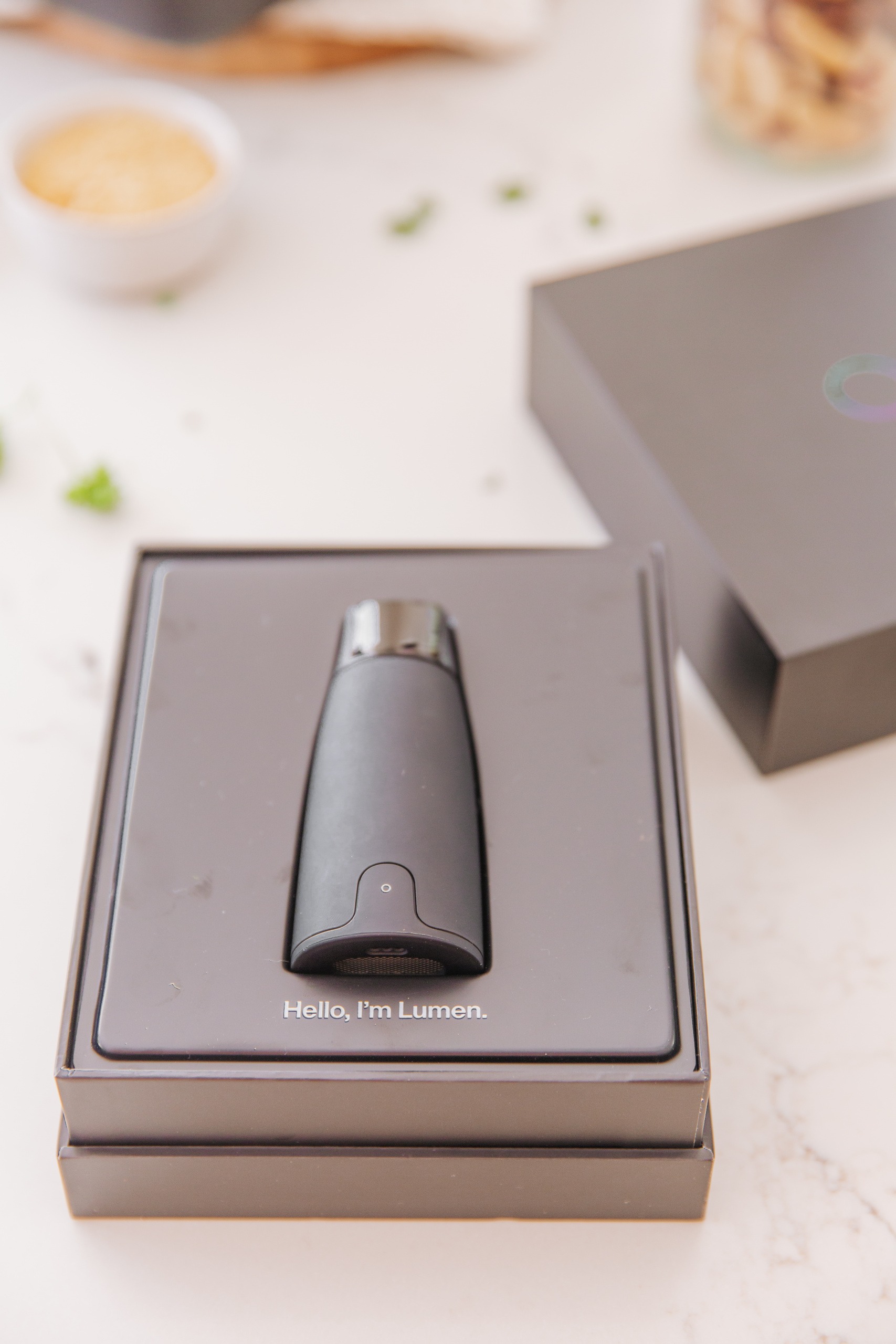
How have I found Lumen?
For me personally, I’ve found using the Lumen super helpful in terms of keeping me in check, making sure I’m not overdoing it on the late night treats, but also telling me when I need to stop, pause, and sit down for a meal (something which often gets missed during a busy day of work and two kids). I’ve felt more in tune with my blood glucose levels, haven’t had as many sluggish moments, have had more consistent energy, and have been waking up actually wanting to get out of bed rather than pull my eye mask back down.
So what recipe have I made to compliment this discussion! An absolutely delicious Lentil Shepherd’s Pie, that’s lower in carbohydrates. The perfect option when you’ve eaten too much, are feeling a little sluggish, and are needing a lighter meal that’s still filling. In other words, your carbohydrate stores are already high, so they don’t need a tonne of topping up. I’ve used half cauliflower half potato in our mash, which makes this pie lighter in carbs but still super hearty. Mila has asked for it three times in the last week, so I know you’re going to love it too!
By the way – the team at Lumen have given me a discount for you, so if you want to try it out, enter the code begoodorganics here for $35 off.
More low carb ideas
If you love this pie, here are some of my other low-carb low-cal yet filling favourites to make next:
If you try this Lentil Shepherd’s Pie let me know! Leave a comment below, rate it, and share a photo on Instagram with the tag @begoodorganics. I love seeing you bring more plants in to your kitchen – it truly means the world.
PS – this recipe was proudly created in collaboration with Lumen. Thank you for supporting the brands who support me, to keep Be Good Organics alive as a free resource for everyone.

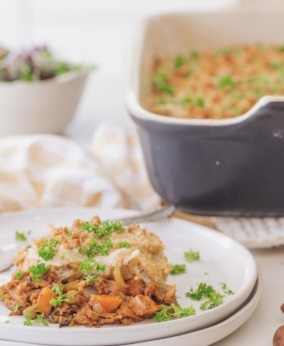
Ingredients
Cauli Potato Mash
- 2 large potatoes cubed
- 1/2 cauliflower in florets (incl peeled stem)
- 1/4 c plant-based milk
- 1 tbsp nutritional yeast
- 1/2 tsp sea salt
- pinch ground black pepper
Lentil Filling
- 1 onion diced
- 4 cloves garlic crushed
- 4 tbsp tomato paste
- 1 carrot finely diced
- 1 stalk celery finely diced
- 2 c brown mushrooms chopped
- 2 tbsp fresh thyme finely chopped
- 400 g can lentils drained & rinsed
- 400 g can chopped tomatoes
- 1 tsp smoked paprika
- 1 tsp vege stock powder
- 1 c peas
- 1 tbsp tahini
- 1 tsp sea salt
- pinch ground black pepper
Brazil Nut Parmesan
- 1/4 c brazil nuts
- 1 tbsp nutritional yeast
- 1/4 tsp sea salt
To Serve
- handful baby spinach
- chopped parsley or thyme
Instructions
- Preheat the oven to 200°C fan bake.
Cauli Potato Mash
- Steam the potatoes in a pot with a little water with the lid on for 10 minutes. Then add cauliflower on top for a further 5 minutes. Drain well, return to the hob with the lid off so it steams dry, then mash or roughly blend in a blender with the milk, nutritional yeast, salt and pepper.
Lentil Filling
- Meanwhile, sauté onion in a little water for a few minutes until translucent, then add garlic and tomato paste for a few minutes until caramelised. Add carrot, celery, mushrooms, and rosemary until soft, then add lentils, tomatoes, paprika, and vege stock powder, and simmer for 5 minutes until thick. Finally add peas, tahini, salt and pepper, then pour the mix into a baking dish.
Brazil Nut Parmesan
- Blitz the parmesan ingredients in a blender until crumbly.
- Spread the potato over the lentil filling, sprinkle with parmesan, and bake for 20 mins, grilling for a few more until golden. Let sit for 5 minutes, then serve with a big green salad. Will keep in the fridge for 5 days or freeze for 2 months.



